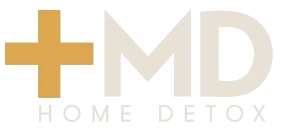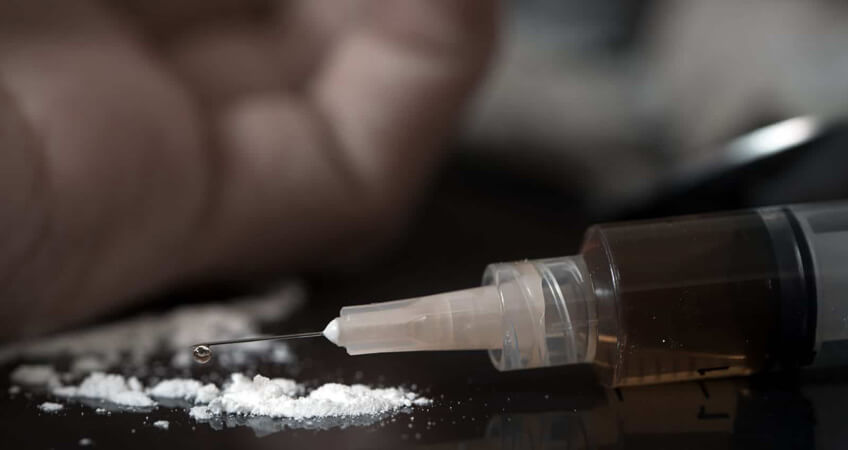In 2017 there were 70,237 reported drug overdose deaths that occurred in the United States. Of these, 67.8% involved opioids of any kind (47,600). Since the early 2000s, Naloxone was introduced in order to combat these figures, and access to this so-called “miracle drug” has been steadily increasing over the years.
What is Naloxone?
Put simply, Naloxone, otherwise known as Narcan or Evzio, is an FDA-approved medication that reverses opioid overdoses. It can be packaged in a couple differing ways, as an injectable, auto-injectable or nasal spray format. The differing formats require varying levels of professional training for use, however, the brands listed above have worked to make their products available and simple enough for use by friends and family, and first responders in emergency situations. Naloxone (packaged as a nasal spray, and branded Narcan) is available at all major pharmacy chains without a prescription from your doctor and can be easily obtained. Widespread distribution of these products has been a large-scale effort to directly reduce the number of preventable opioid overdoses.
Respiratory depression can be thought of as the most deadly side effects of opioid overdose, as breathing slows in this state, and in consideration of the potential for the lack of oxygen to the brain likely causing entire organ systems to begin shutting down. Thus, naloxone works by restoring breathing to individuals who have overdosed through a process of binding to opioid receptors in the brain to reverse or block the effects of other opioids. Naloxone is successful in that it has a stronger affinity for the opioid receptors than others, and inhibits further damage. The effects of the medication usually last between 30 to 90 minutes, during which time an overdose victim needs emergency treatment.
Even if you encounter an individual and may be unsure which substance the individual has taken, Naloxone does not cause any harmful effects to individuals who have not consumed an opioid and should be administered.
Does Naloxone work?
Some officials may be hesitant to include Naloxone in their drug abuse prevention efforts due to its inclusion as a harm reduction strategy. However, the proof is in the numbers, as Naloxone programs have been proven to help prevent overdose fatalities. In the 8 years between 1996 and 2014, the CDC reports that community-based overdose prevention programs trained and equipped more than 150,000 friends and family of addicts with naloxone, who in turn successfully reversed over 25,000 opioid overdoses. True, recent research points to the fact that just 5 to 10 minutes of education is all it takes to recognize and respond to potential opioid fatalities.
Is Naloxone creating a new problem?
While it may be tempting to worry that Naloxone is simply leading to more problems or even just increased drug use, the research again proves that these claims are unfounded. In fact, research has proven the opposite, and one study even found that opioid use decreased after participation in a naloxone training program. Side effects of these types of programs are not often as dire as some might have predicted, and in fact, rather than contributing to increased use, it was actually admittance to drug treatment centers that saw an increase.
At Home Opiate Detox
Finally, whichever way you spin it, the introduction of Naloxone onto the market for laypeople and first responders alike presents a cost-effective solution. And what’s more, not only is Naloxone saving taxpayer dollars, it is also providing individuals with a second chance at life, a chance to pursue treatment, and a chance to find health and sobriety. Learn more about our at home opiate detox services across the country today at MD Home Detox.

